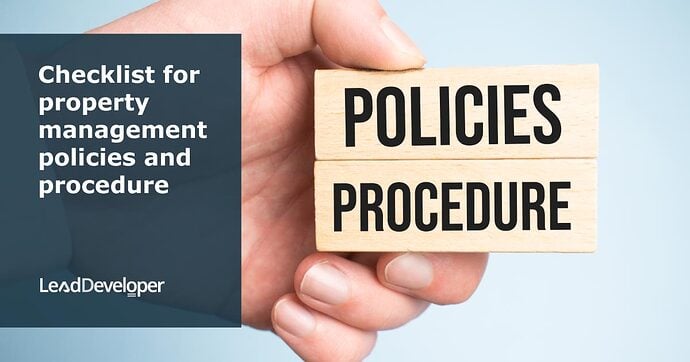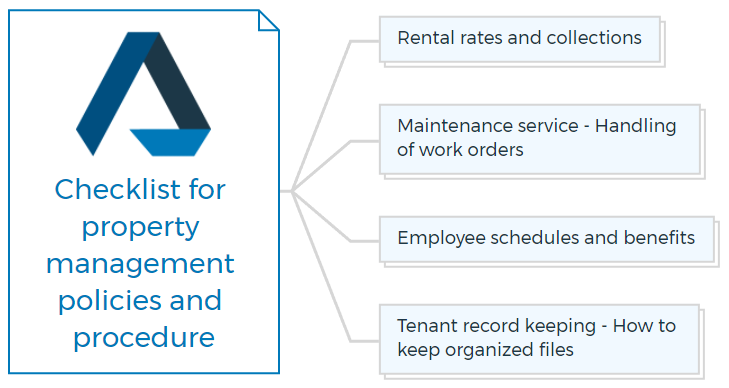Rental rates and collections
- Conduct a thorough market analysis to determine competitive rental rates.
- Define a consistent policy for rent increases, taking into account local regulations.
- Clearly outline rent payment methods and due dates in lease agreements.
- Implement a late fee policy for overdue rent payments.
- Create a procedure for issuing rent receipts and maintaining a clear payment history.
- Establish a process for handling bounced or returned rent payments.
Maintenance service - Handling of work orders
- Develop a user-friendly work order submission system for tenants.
- Assign a unique identifier to each work order for easy tracking.
- Implement a priority system for categorizing and addressing work orders.
- Set response time goals for different types of maintenance requests (emergency, non-emergency, routine).
- Regularly communicate with tenants about the status of their maintenance requests.
- Document all work orders, including details of the issue, actions taken, and completion date.
You are missing out if you haven’t yet subscribed to our YouTube channel.
Employee schedules and benefits
- Create a standardized employee scheduling process that ensures proper coverage.
- Define employee roles, responsibilities, and reporting structures.
- Establish a comprehensive employee benefits package, including health insurance, retirement plans, and time off policies.
- Develop a procedure for requesting and approving time off, including vacation and sick leave.
- Implement a performance review process to provide feedback and identify growth opportunities.
- Ensure compliance with labor laws and regulations regarding employee compensation and benefits.
Tenant record keeping - How to keep organized files
- Develop a system for organizing and storing tenant records in both physical and digital formats.
- Create individual tenant folders to store lease agreements, applications, and communication records.
- Implement a standardized naming convention for digital files to ensure easy retrieval.
- Regularly update tenant records to reflect lease renewals, move-ins, and move-outs.
- Maintain a record of all communication with tenants, including emails, letters, and phone conversations.
- Securely store sensitive tenant information to ensure compliance with data protection regulations.


